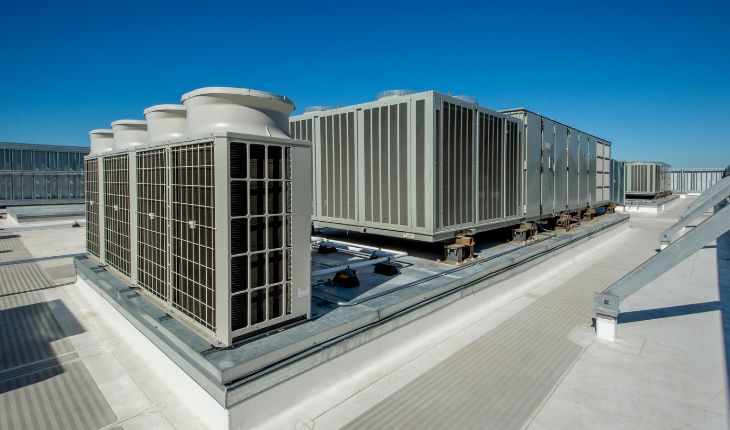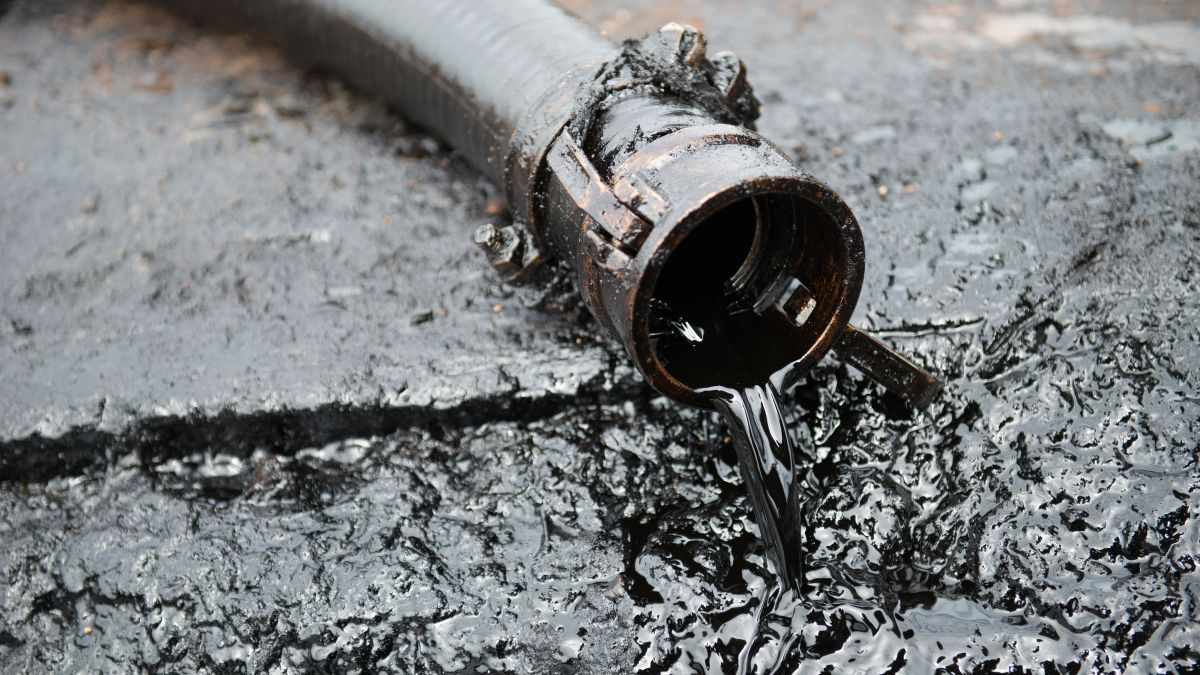
The United Arab Emirates is well-known for its soaring skyscrapers, desert climate, and commitment to innovation in infrastructure. One of the most critical industries enabling this modern growth is the HVAC (Heating, Ventilation, and Air Conditioning) sector. With rising temperatures, rapid urbanization, and government initiatives pushing sustainability, the UAE HVAC market is evolving faster than ever before.
Understanding the UAE HVAC Market
The HVAC industry in the UAE is much more than just cooling systems—it encompasses heating, ventilation, and indoor air quality solutions. In a country where summer temperatures often surpass 45°C, air conditioning has become an essential part of daily life, making this sector indispensable.
At the same time, demand for energy-efficient and environmentally friendly systems is creating a new wave of opportunities for businesses. From smart HVAC technologies to renewable energy integration, the UAE is leading the Middle East in setting trends for the future.
Key Drivers of Market Growth
Extreme Climatic Conditions
The UAE’s hot desert climate ensures that HVAC systems are in constant demand year-round, particularly for cooling. Residential, commercial, and industrial facilities rely heavily on advanced systems for comfort and productivity.
Government Regulations and Sustainability Goals
The government has launched initiatives like the UAE Energy Strategy 2050, which emphasizes reducing energy consumption. This has accelerated adoption of energy-efficient HVAC solutions and green building practices.
Rapid Urbanization and Infrastructure Development
With mega projects like Expo City Dubai, Abu Dhabi’s smart city initiatives, and luxury tourism infrastructure, the UAE continues to fuel demand for cutting-edge HVAC systems.
Rising Disposable Income and Lifestyle Shifts
An expanding middle-class population and increased focus on comfort are driving residential HVAC demand, particularly for smart and automated systems.
Segmentation of the UAE HVAC Market
By Equipment Type
Cooling Systems: Air conditioners, chillers, and VRF (Variable Refrigerant Flow) units dominate.
Heating Systems: Less in demand compared to cooling, but still relevant in specific industrial and commercial sectors.
Ventilation Systems: Air filters, ducts, and fans gaining importance due to rising focus on indoor air quality.
By End-Use Sector
Residential: Growing demand for split ACs, smart thermostats, and energy-efficient units.
Commercial: Shopping malls, office towers, and hotels rely heavily on central and VRF systems.
Industrial: Manufacturing facilities need specialized HVAC for process cooling and worker safety.
By Technology
Traditional HVAC Systems: Still widely used but gradually being replaced.
Smart and IoT-Enabled Systems: Offering predictive maintenance, remote control, and efficiency tracking.
Sustainable HVAC Solutions: Integration of solar and renewable energy into cooling systems.
Emerging Trends in the UAE HVAC Market
Smart HVAC Integration: Increasing use of AI and IoT for energy monitoring and predictive maintenance.
District Cooling Systems: Shared cooling solutions are becoming more common in urban hubs like Dubai.
Eco-Friendly Refrigerants: A move away from harmful refrigerants to reduce environmental impact.
Indoor Air Quality Solutions: Post-pandemic, there’s rising awareness of clean air, boosting demand for air purifiers and advanced ventilation.
Opportunities for Businesses
The UAE HVAC market presents significant opportunities for manufacturers, distributors, and service providers:
Expansion in green building projects aligned with LEED certifications.
Rising demand for after-sales services like maintenance and retrofitting of existing systems.
Growth in luxury tourism and hospitality, requiring advanced HVAC infrastructure.
Increased adoption of district cooling and centralized systems in smart city projects.
Challenges in the Market
Despite the rapid growth, the sector faces challenges that businesses need to address:
High initial costs of energy-efficient and smart HVAC systems.
Stringent regulatory compliance, requiring companies to stay updated with evolving policies.
Skilled labor shortages for installation and maintenance of advanced systems.
Competition from global and regional players intensifying market pressures.
Future Outlook of the UAE HVAC Market
The UAE HVAC market is poised for long-term growth, driven by innovation, sustainability, and consumer demand. As the country continues its transition toward smart cities and green infrastructure, the HVAC sector will play a central role.
In the coming years, we can expect greater adoption of renewable-powered HVAC solutions, AI-based predictive systems, and environmentally friendly refrigerants. Businesses that adapt early to these shifts will secure a strong foothold in this competitive and lucrative market.
Frequently Asked Questions (FAQs)
Q1: Why is the HVAC market important in the UAE?
The UAE’s extreme climate makes HVAC systems essential for daily life, and ongoing urban development ensures constant demand.
Q2: What technologies are driving the UAE HVAC market?
Smart systems, IoT integration, district cooling, and eco-friendly refrigerants are key technological drivers.
Q3: How is sustainability shaping the UAE HVAC market?
Government policies and consumer awareness are pushing companies toward energy-efficient and green HVAC solutions.
Q4: What role does district cooling play in the UAE?
District cooling provides centralized, efficient cooling solutions for entire communities and urban districts, reducing energy use and costs.
Q5: Which sectors are driving HVAC demand in the UAE?
Residential, commercial, and industrial sectors all contribute, with commercial projects like malls and hotels being major consumers.













.jpg)
Write a comment ...